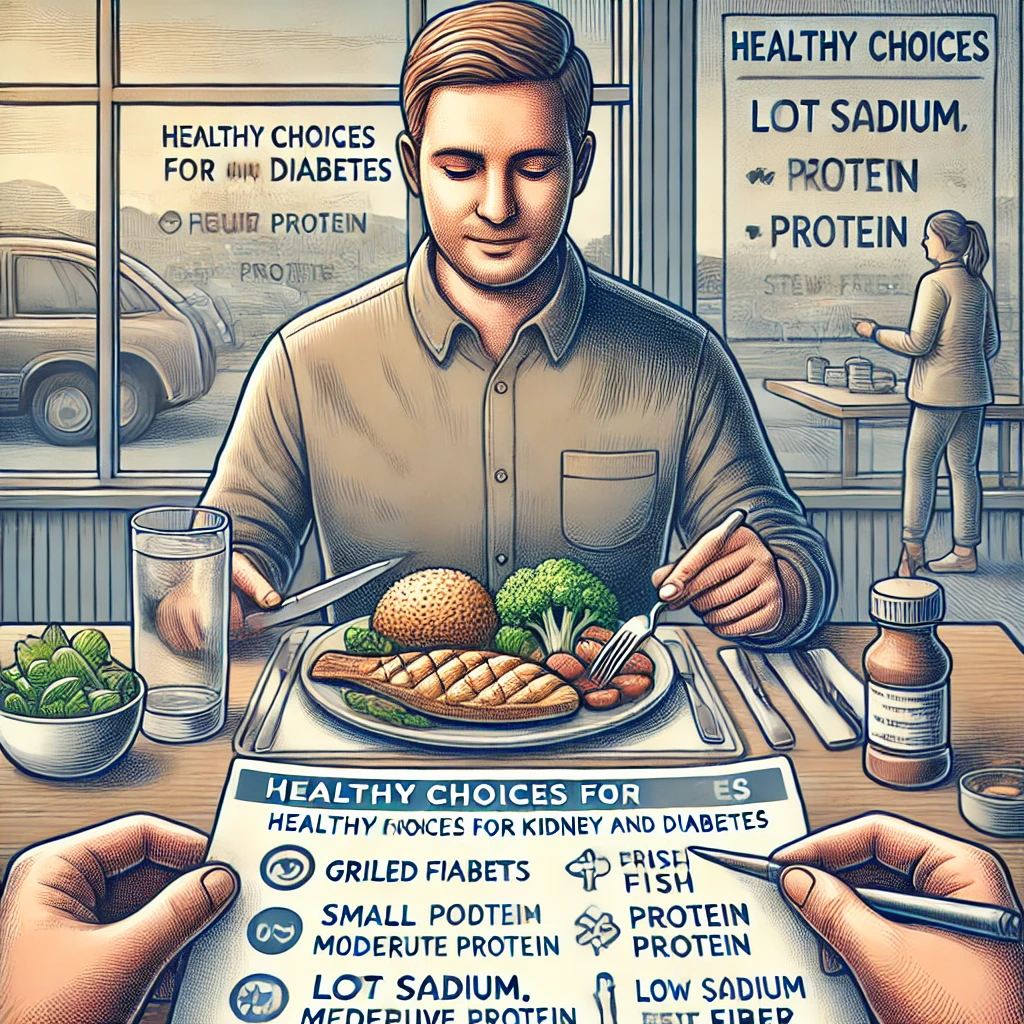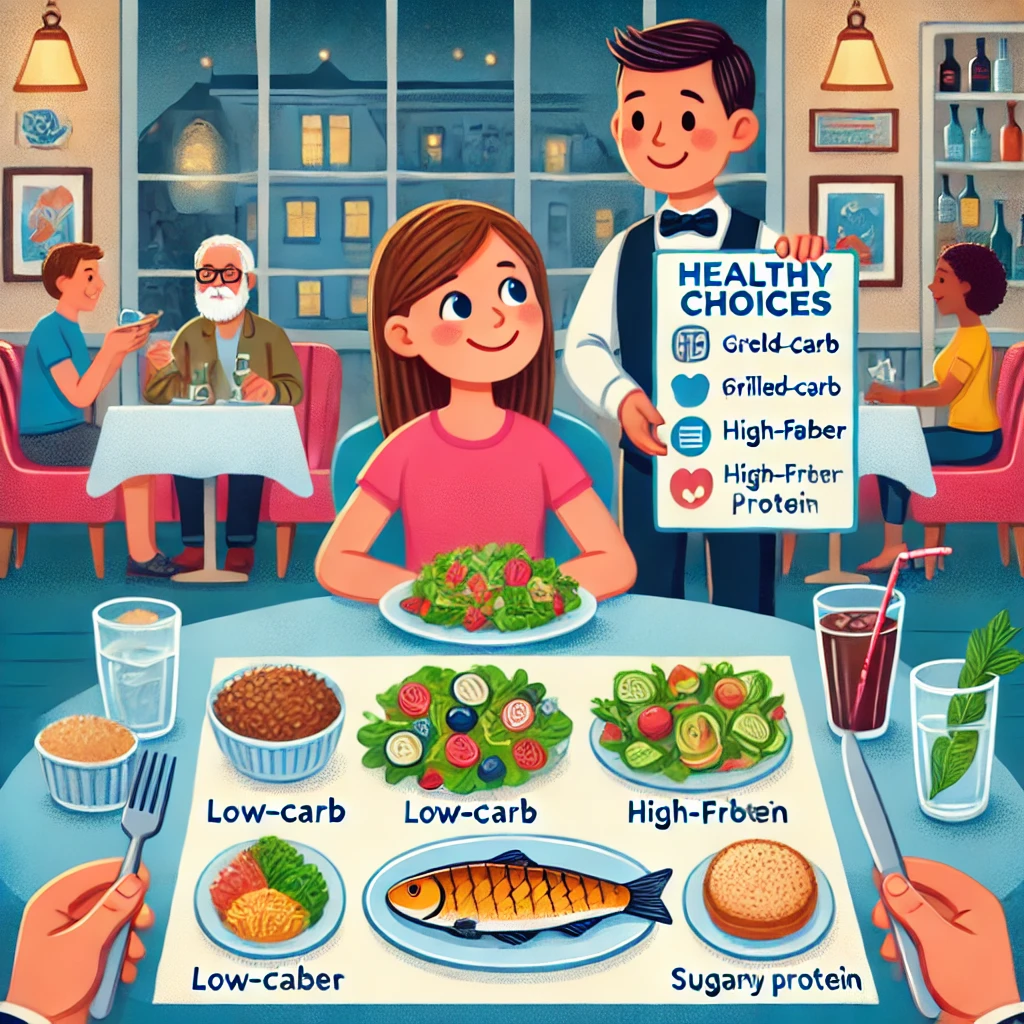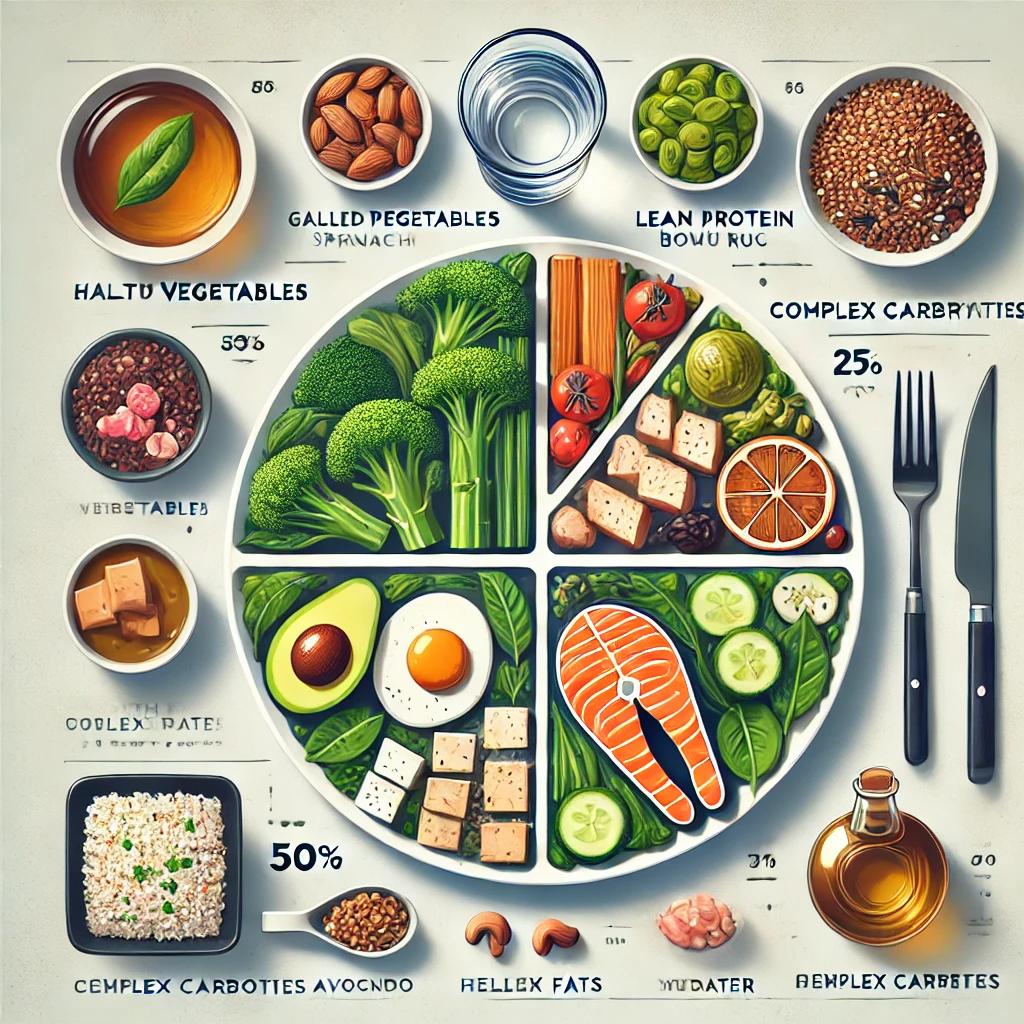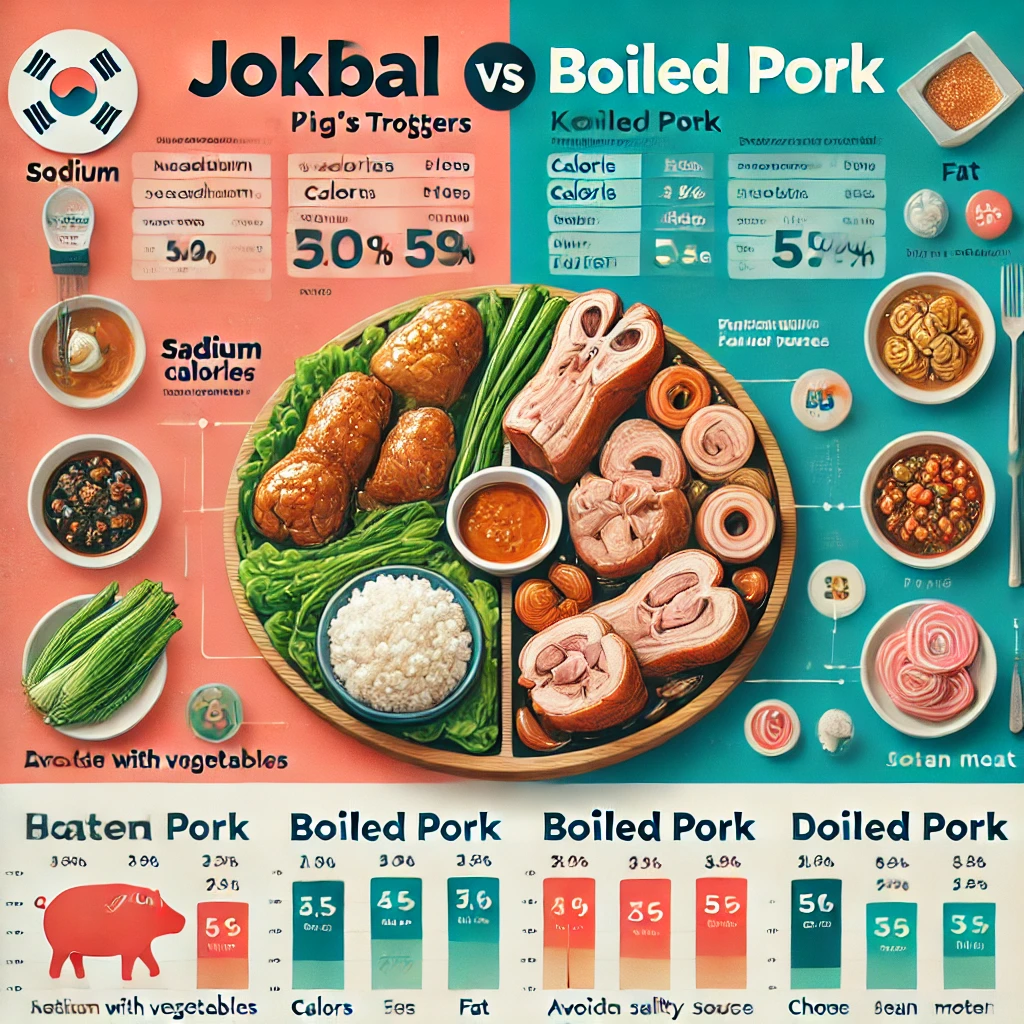Dining Guide for Patients with Diabetic Kidney Disease
― Protecting Your Kidneys While Enjoying a Meal If you have diabetes, your kidneys may also be affected over time. In this case, proper dietary management becomes even more important. You may think you can… Dining Guide for Patients with Diabetic Kidney Disease




